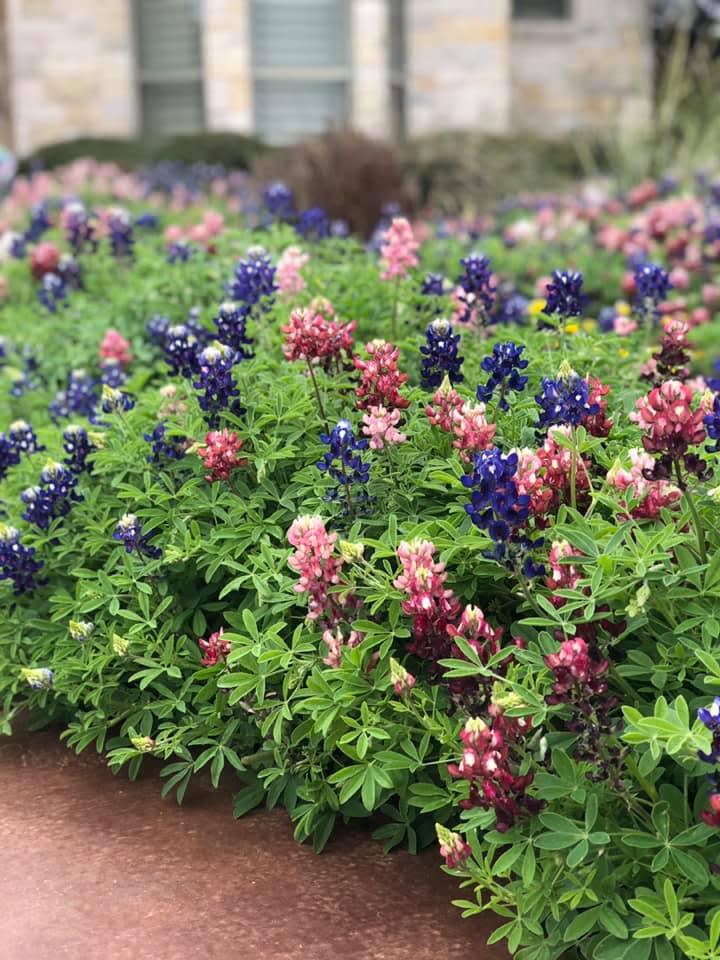Here's a fall to-do list for Concho Valley gardeners

The Concho Valley is still in drought conditions, and we are in need of some fall rain! But the mornings are nice and cool, the days are getting shorter, and there are a lot of things that are best done in the fall for the landscape and garden.
Pre-emergent can be applied to well-established lawns to prevent winter annual weeds such as rescuegrass and henbit. Don’t apply to newly planted lawns or anywhere that seeds or new plants will be placed in the next few months. Lawns that have been regularly irrigated and that are not drought-stressed can be fertilized with nitrogen fertilizer to help the lawn come back strong next spring. Top dress St. Augustine with peat moss (1-2 bales per thousand square feet) to help prevent take-all root rot disease damage, and if it has been a problem in the past also treat with an azoxystrobin fungicide such as Scott’s DiseasEx or Heritage.
Replenish mulch in beds to a depth of three to four inches, especially around any tender perennials such as Pride of Barbados or lantana. Mulch helps insulate roots in the winter and can sometimes be the difference between a perennial coming back or not if there are some hard freezes.
Plant wildflower seeds like bluebonnets now – and put in as much or as little work as you like, depending on how much you want to see blooming next spring. A few seeds can be scattered and left to fend for themselves, and if we get some well-timed winter and spring precipitation, they can do just fine with little care. But if it’s important to have a good display with lots of blooms, take a bit more care in planting – clear the weeds, prepare the soil to loosen it up and sow the seeds. Water them in well and water every few weeks when there’s no rain. Keep weeds cleared out, but don’t mistakenly pull the wildflowers – plant some of the seeds in a pot with potting mix to use as a guide to know what the seedlings of the desired plants look like. This is especially helpful if you are planting a seed mix with several different types.
Dig and divide irises and daylilies, especially those that family and friends would like to have a share of, and those that are overgrown and thick. Dividing every few years helps irises bloom more reliably each spring.
Plant fall color such as mums and fall aster, and once it cools down a bit more plant winter color such as snapdragons and pansies. Add some cool season vegetables and herbs such as parsley, cilantro, broccoli, Swiss chard, lettuce and spinach to keep the landscape beautiful and productive even after warm season plants start to fade.
Allison Watkins is the Texas A&M AgriLife Extension Agent for horticulture in Tom Green County. Contact her at aewatkins@ag.tamu.edu.
This article originally appeared on San Angelo Standard-Times: Here's a fall to-do list for Concho Valley gardeners

